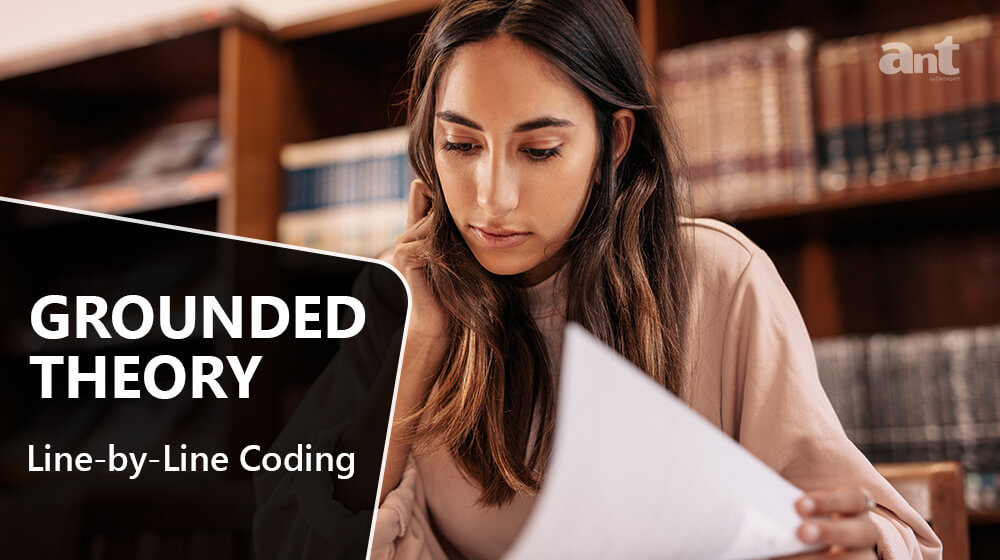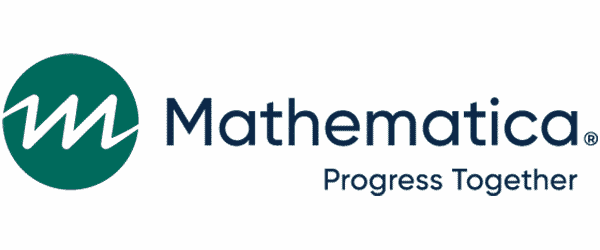
Home » Transcript Library » Grounded Theory – Line-by-line Coding
Grounded Theory – Line-by-line Coding
[00:00:09]
GIBBS: Well, I thought I’d talk now about some of the ways of actually doing this open coding. And of course, the coding we did a couple weeks ago, just simply reading through the text and marking bits of text with brackets in the side or circling things and so on, underlining words, highlighting, et cetera.
All of those can be done. We tend to focus very much on the sentence by sentence or the phrases and sentences, medium sized bits of text.
[00:00:32]
But coding can certainly be larger things. It could be whole paragraphs, if you want to, and a whole lot of page can be coded about something or the other. That can be that, that text that’s coded. Or even theoretically, the whole document will actually make a lot of sense.
[00:00:46]
But more interestingly, Strauss and Corbin also suggest that you might do some line-by-line coding. And of course, typically lines aren’t sentences, lines are bits of sentences.
And you might have a go at doing that. And I thought I’d show you an example of this, and I think I’ve got the slide for it. Yes, there it is.
[00:01:08]
It’s an interview with a homeless man called Sam. He’s obviously got other problems. He’s got no house. He’s homeless and he’s been involved in domestics. So I highlighted that in various places.
Looks like he’s had partners at various stages, but had various kind of [bus-stops 00:01:26] with them at some point.
[00:01:29]
But what I did was go through line at a time and code each line. Now, why might you do this? Well, the reason why Strauss and Corbin suggest it’s a good technique is kind of always break the backlog at certain points, either at the start of coding or maybe after doing a lot of coding and getting overwhelmed by it, you get stuck. Somehow you don’t feel — you feel the creative juices have either gone or don’t appear, and you can’t think properly anymore.
[00:01:56]
And they say, in that kind of situation often they say, a line by line kind of approach is a way of kind of breaking through things, a way of forcing your attention just onto the few words of each line and trying to get from that what it’s about. And that’s what I’ve done here.
[00:02:12]
So I’ve said that, for example, the first line where Sam says, “No, err, but I’ve always moved around… since leaving school. I’ve –” And of course the new line starts. And I call that peripatetic lifestyle.
[00:02:26]
And then the next line he says, “Always been in a partnership, err, I’ve always seemed to. It’s been a –” So, I just said partnership/relationship.
There’s nothing deep here about this and what I think is most useful about it is the headings or the codes you come up with at the end, which you might want then to reuse.
[00:02:48]
I think anybody actually in the end saves their line-by-line coding. But it’s not a bad way of breaking things down a bit and forcing things.
[00:02:58]
Now, I also want to use this to show a couple of things here as well and that is how some of these codes can be simply descriptive. So, for example, I’ve coded line 95, “For years and years I’ve lived with people.” I put shared accommodation. That’s simply descriptive I think, and nothing more than that.
[00:03:24]
But elsewhere, I begin to get less descriptive in moving away from it. So I think domestics is one thing. Okay, he uses the terms domestics, and I’ve circled a couple of cases where he talks about that.
Elsewhere in the interview, he does talk about actually having the police involved. I think actually he was violent. That was his problem. And that’s when he talks about domestics. So there’s hints that something else going on there that some kind of more general category can be used.
[00:04:02]
What else? Well, let me ask you. I actually I was gonna do this. I’m gonna say to you, of these codes, can you pick me out another one that’s merely descriptive? Doesn’t say much more than, than Sam does.
[00:04:24]
FEMALE SPEAKER 1: Slept in car.
[00:04:26]
GIBBS: Yeah, that’s obviously yes. Yeah. Straightforward, that’s what happened. Slept in car. No analytic ideas there at all. Okay. Can you pick me up another one that’s definitely analytic? That gets away from what Sam said to some underlying process, intentionality, explanation, and so on?
[00:04:44]
MALE SPEAKER: Jealousy.
[00:04:46]
GIBBS: Jealous? That certainly refers to intentionality. Yes, that’s true. “Don’t like seeing, sort of seeing other person with someone else. So –” But you might say it’s just descriptive of jealousy. That’s it. Any other possibilities?
[00:05:04]
FEMALE SPEAKER 2: Relationships a problem.
[00:05:08]
GIBBS: Yes, I think, yes. He doesn’t say that, does he? But what’s — what I’m trying to find is — and what is that? “People. My problem is with me long term relationships.” So he does say, yeah. So it is in fact capturing what he says to some extent, but it’d be alright, both the jealousy one and that one are begin to get away from simply describing.
[00:05:33]
FEMALE SPEAKER 3: Line 97, you got chooses independence, but I think he might have been [forced to leave home 00:05:38] chosen independence.
[00:05:41]
GIBBS: [laughs] I know. Terrible bit of coding, isn’t it? I’m regretting it now, but you’re absolutely right. No, you’re right. I mean, that’s what coders do, they make mistakes. He could have been forced to leave home, you know.
[00:05:51]
FEMALE SPEAKER 3: Yeah.
[00:05:51]
GIBBS: He maybe had no choice about, maybe just kicked out by his parents or his father or mother or… So, yeah. I made an assumption here. That’s my interpretation and its suspect. You’re absolutely right. Yes. Good point.
[00:06:09]
I think line 95, partnership acceptable. Again, that’s my interpretation here. I mean, the evidence is that he says, “For years and years I’ve lived with people.” He’s not saying, I find partnerships acceptable, but I’m kind of interpreting that in what’s there. So I think I’m getting away from the [main script 00:06:29] of that stage.
[00:06:31]
So there we are. That’s an example of line-by-line coding.
Copyright Disclaimer
Under Title 17 U.S.C. Section 107, allowance is made for “fair use” for purposes such as criticism, comment, news reporting, teaching, scholarship, and research. Fair use is permitted by copyright statute that might otherwise be infringing.






